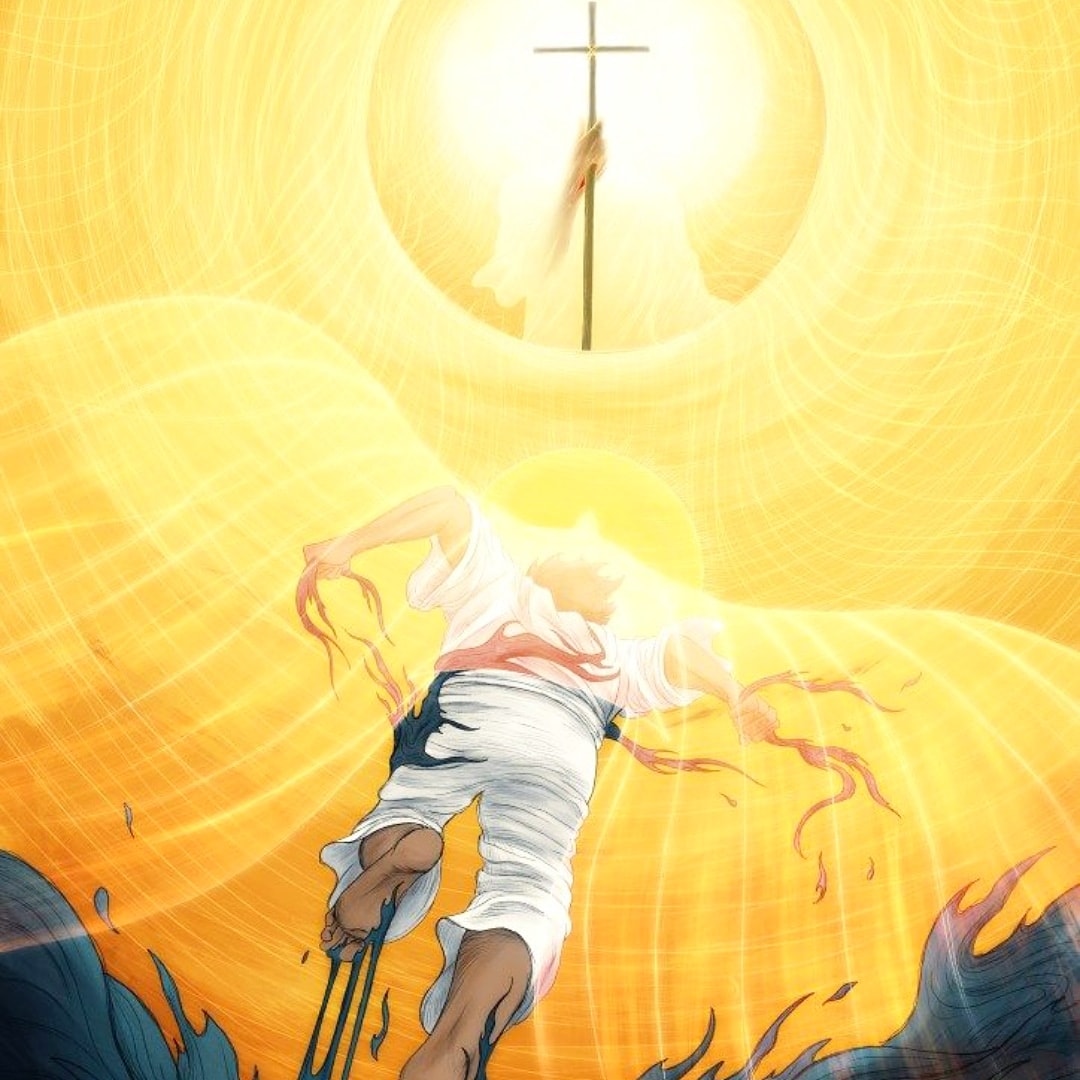
Lk. 24: 35-48
One of the earliest recorded Eucharistic miracles occurred in A.D. 750 at Lanciano in Italy. A Basilian monk who celebrated the Holy Eucharist doubted the true presence of Christ in the Eucharist. During the consecration time, the Eucharistic bread was transformed into living flesh and vine into living blood. The blood was coagulated into five small globules and remained in varied shapes, whereas the flesh had the same dimension, as large as the bread used for the Mass and appeared light brown. The elements of flesh and blood of Jesus remain intact even after so many years and can be viewed in Lanciano to this day… It is said that “Oftentimes, the initiating trigger of a Eucharistic miracle is a doubting priest.” Whatsoever Jesus had never abandoned any of his followers who doubted him. Jesus dealt them with compassion and patience. The Eucharistic miracle at Lanciano primarily meant for the monk, who doubted the true presence of Christ in the Eucharist that he may believe in the Eucharistic presence of Jesus…
One of the factors that we need to pay attention to in the post-resurrection account is the ‘virtue of patience’ that Jesus expressed towards his apostles and other disciples. Jesus could have demanded that they believe in his resurrection after witnessing the empty tomb because he had already foretold about his resurrection on the third day. Even so, they would not fully understand his words. They were hesitant to trust the witness of Mary Magdalene; they doubted the presence of risen Christ even after listening to the disciples who went to Emmaus, and Thomas doubted the resurrection even after listening to the experience of other apostles.
In today’s gospel, we see, when Jesus appears, they could not accept him because he transcended the closed door and appeared to them. Therefore, they thought that he would be a ghost. Therefore, Jesus tries to convince them that he was not a ghost. Jesus could blame them for their disbelief, get angry and disappear from their presence. Anyhow, he shows them his wounds, the visible signs of his love for them, and then they ask for the food. We all know that a resurrected body is beyond all bodily needs such as hunger, thirst, sickness, etc. still, Jesus asked for food so that they may come out of their fears and experience his presence and rooted in their faith in his resurrection. Finally, he opens their mind that was closed by unbelief and anxiety to understand all the prophecies about him and how it fulfilled it in his life and how they witnessed it.
This virtue of patience That Jesus expressed towards his fragile disciples transformed them into authentic Christ-bearers. Jesus understood their human fragility and lack of faith; anyhow, he was patient with them so that they may have life. Dear friends, we too come across situations in which we feel that after so much love and efforts, others are not trying to understand or appreciate our efforts. The easiest solution is to get annoyed and quit from our efforts to love, but today Jesus challenges us with his patience that proved hundred percentage successful and transformative… Let us imitate the virtue of patience with ourselves and others so that we may experience the risen Christ and share his peace and love with others.